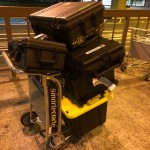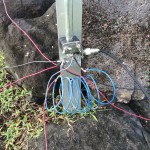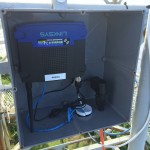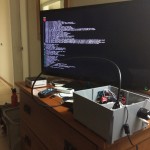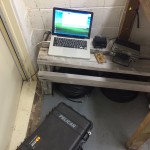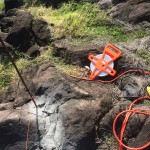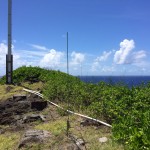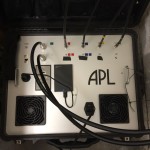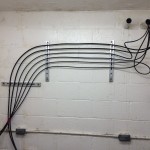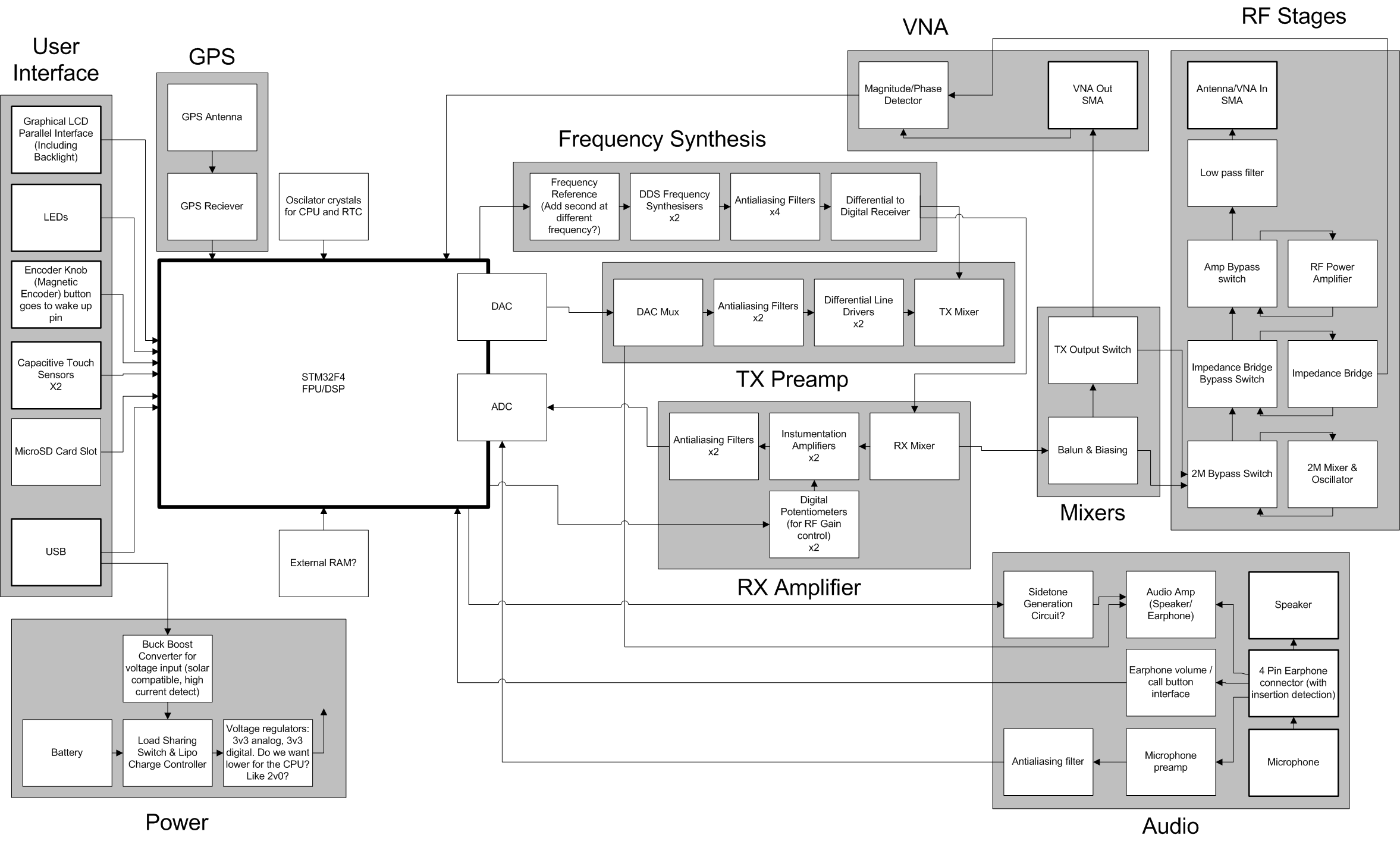Posts Tagged ‘SDR’
 LHS Episode #148: Alligators Are Good Eatin’
LHS Episode #148: Alligators Are Good Eatin’
 Welcome to Episode #148 of Linux in the Ham Shack! In this installment, your hosts discuss Art Bell and the radio of kooks everywhere, free newsletters, Linux terminal utilities, FreeDV, FlexRadio, loggers and a whole bunch more. Thanks for listening, and enjoy all the information we cram in your earholes.
Welcome to Episode #148 of Linux in the Ham Shack! In this installment, your hosts discuss Art Bell and the radio of kooks everywhere, free newsletters, Linux terminal utilities, FreeDV, FlexRadio, loggers and a whole bunch more. Thanks for listening, and enjoy all the information we cram in your earholes.
73 de The LHS Guys
 LHS Episode #147: Radio on the Fringe
LHS Episode #147: Radio on the Fringe
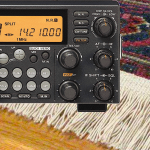 Hello, LHS listeners! We are back again with another exciting installment of our show. In this episode we discuss logging, general purpose and contesting, a new single-board computer project, retro gaming, a pop-up terminal for Linux, digital voice, software defined radio and much more. Thanks for listening, and remember: Get on the air!
Hello, LHS listeners! We are back again with another exciting installment of our show. In this episode we discuss logging, general purpose and contesting, a new single-board computer project, retro gaming, a pop-up terminal for Linux, digital voice, software defined radio and much more. Thanks for listening, and remember: Get on the air!
73 de The LHS Guys
 Using Remote SDR’s
Using Remote SDR’s
 A recent post to Yahoo's Perseus SDR Group posed some interesting questions.
A recent post to Yahoo's Perseus SDR Group posed some interesting questions.Lasse, SM5GLC, operates an online remote Perseus and made the following comments:
Over the past few weeks/months I have see some "power-users" on my Perseus server... and my plan was to dissect the server log to investigate the usage percentage of my server... and found that already in May the log is 240 kb and growing fast. It seems impossible to analzye by hand.
Now I do notice one user, not too far away (only some 200 miles or so), seems to spend 2-3 hours per day using my server. Mostly just use all allotted time and then get back on asap. I know my antenna is nothing to write home about and the performance is mediocre if any... so this makes me wonder. What on earth do this user do with all the time??
Do others see similar behaviour??
By browsing the log it seems most, user time,70-80 per cent, are from Russia. Most others stay only for a very short period of time, up to a few minutes.
Has anyone tried to hack a script that would automatize the log analysis??
A few Q's that I do have are:
Is the server abused by some?
What is the optimal allowed time? and then the drop-out time?
What usage load would be best to shoot for??
Don, VE6JY, a long-time remote owner added:
Both operators raise some interesting questions!
If you have used a remote SDR or do so with some regularity, how did you find the experience? What types of things did you listen or look for? How much time would you typically spend on the site? What do you think the limits on time should be?
I have used a remote once or twice in the past, to listen for my Tri-Tet-Ten's chirpy, low power signal, and found it very useful but I've never used one for general listening.
What are your experiences?
 Tubular Bells and VLF interference
Tubular Bells and VLF interference
 Remember that album from Mike Oldfield? A user on YouTube found out that this album contains a hidden and unintentional CW message.
Remember that album from Mike Oldfield? A user on YouTube found out that this album contains a hidden and unintentional CW message.
This was caused by a powerful VLF station located next to the recording studio, which interfered with the recording equipment. Because the signal is very weak nobody ever noticed it — until now.
The video below shows you how to receive VLF signals with nothing else than an antenna plugged into the microphone input of your sound card and SDRSharp to make it visible and audible.
The decoding of the the Tubular Bells signal is shown at 9:54.
 Handheld of the future?
Handheld of the future?
See http://www.southgatearc.org/news/2015/february/ht_of_the_future_at_orlando.htm#.VNi6BC4WKPc .
Southgate News reports that Bruce Perens K6BP will be demonstrating a handheld platform that can cope with many modes at VHF/UHF at the Orlando Hamcation in Florida. This looks like a demonstrator at 100mW RF. With SDRs, quite a flexible, and low cost, architecture is possible.
I wonder which of the “big names” will be first to market with a real SDR design? This could enable them to sell very low cost units, but maybe they would rather shaft us and make big profits?
 Ouch and PortableSDR
Ouch and PortableSDR
Two things have happened over the last week. The first was that after what must be 10 years I had a decent crash on my mountain bike. Nothing too bad, just a reminder that I’m not 16 any more and that duckboards have 2 parts. One part grippy, one part slippy. The grippy bit is for the tyres not hands, kness, elbows and shoulders. The slippy bits are not for tyres. Enough of that though.
This forced lay off has had me googling rather than building stuff (that occasionally works) and I found what looks like a nice idea. From the video it looks like a simple, portable qrp hf transceiver. There isn’t much detail on the functionality but a quick dig revealed gerbers etc so a build-it-yourself could be on the cards. Without further ado, take it away Mr Colton
There’s a bit more detail here a the hackaday.io project page and a block diagram below
